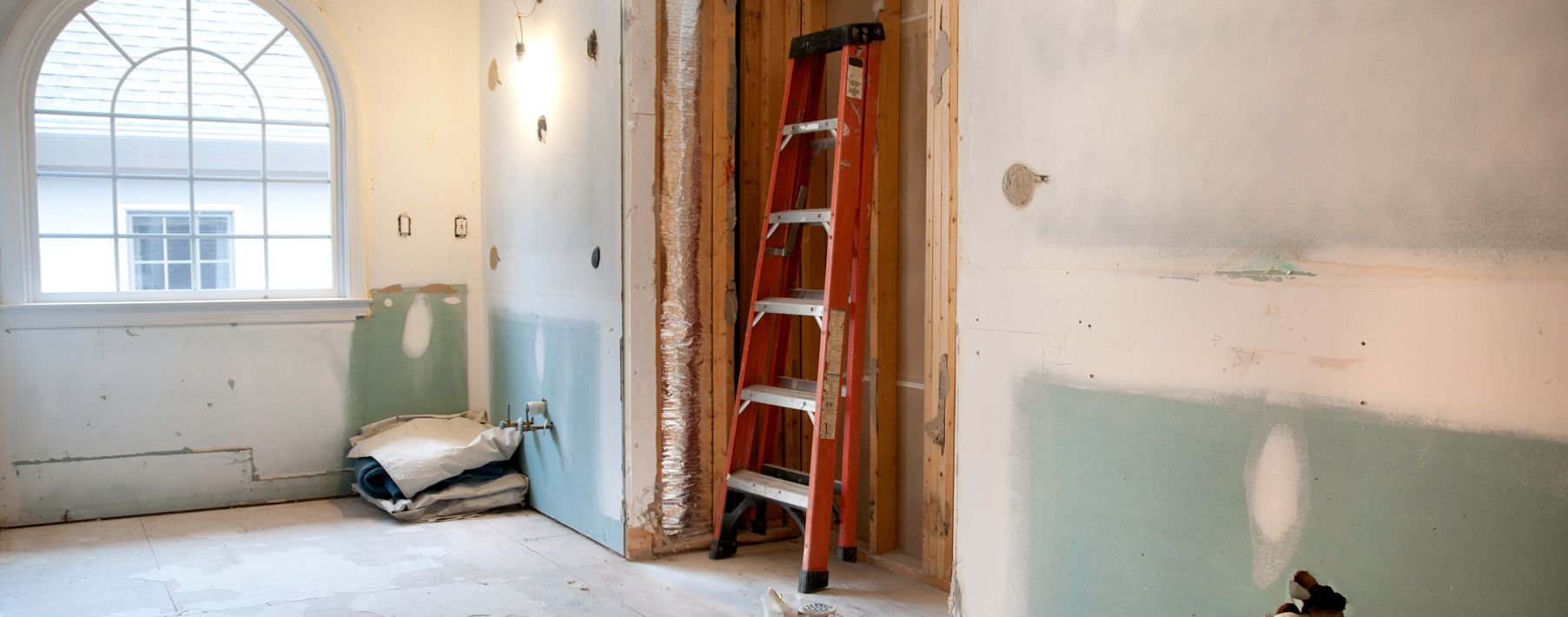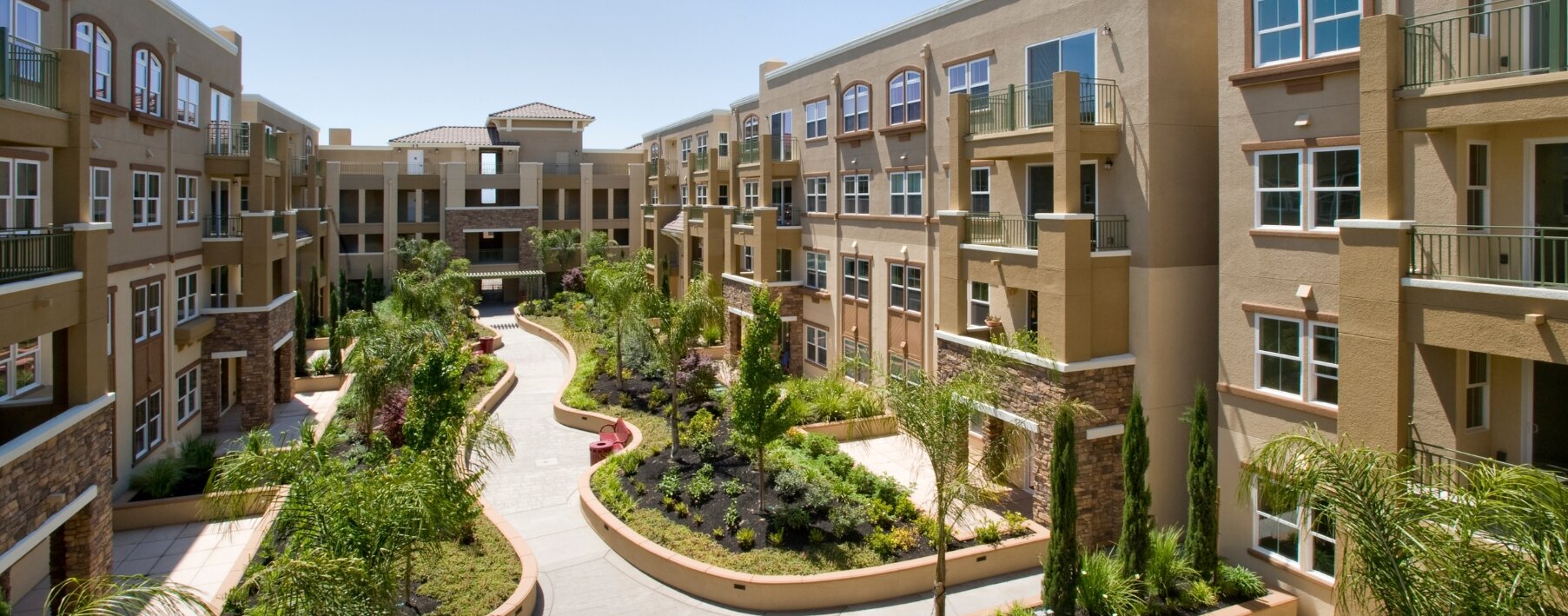Understanding dwelling coverage

Your home is probably one of the (if not the) biggest assets you own. In addition to its value, it offers you and your loved ones safety, protection, and comfort and gives you a place to gather at the end of each long day. It should come as no surprise that protecting that asset is a priority for most homeowners.
Protecting your home takes many forms, from regular maintenance and upkeep to purchasing adequate dwelling insurance. This coverage is a traditional part of your homeowners insurance policy, offering you financial coverage if your home or any eligible structures are damaged or destroyed by a covered peril.
The following guide is designed to help you understand what dwelling coverage is, what is covered in a dwelling policy, and how you can ensure that you have adequate coverage when the time comes to buy or renew your homeowners insurance policy. Read on to learn everything you need to know about dwelling insurance coverage.
Key takeaways
-
Dwelling insurance is a key component of any standard homeowners insurance (HOI) policy and pays for the repair or even replacement/rebuilding of your home if it is damaged or destroyed by a covered peril.
-
Dwelling insurance protects your home’s actual structure and, in most cases, other eligible attached structures such as decks, patios, or fences.
-
This dwelling coverage portion of your homeowners insurance policy is also called Coverage A.
-
Your dwelling coverage limits will be explicitly listed in your home insurance policy documents, whether you purchase a typical homeowners policy, co-op or condo insurance coverage (also known as an HO-6 policy), or even coverage for a non-primary home (such as landlord insurance).
-
It’s important to check your coverage limits regularly to ensure you always have enough protection to rebuild your home if it’s destroyed, especially after building and labor costs increase or when changing homeowners insurance.
What is dwelling coverage?
Often referred to as Coverage A, dwelling insurance is the portion of your home insurance policy that protects the actual structure of your home. This means that your interior and exterior walls, roof, windows, and façade are protected against covered perils, such as a lightning storm or a fire. Dwelling insurance often extends to other structures attached to your home, like a garage or porch.
Depending on the type of homeowners insurance policy you’re talking about, dwelling coverage may only be one component of your policy.
Dwelling coverage in different insurance policies
Different types of home insurance policies have different levels of coverage. Many include dwelling insurance along with personal liability insurance and coverage for personal belongings. Dwelling coverage will be included unless you’re purchasing renters insurance and don’t own the home.
For owner-occupied homes with four or fewer units, there are five standard homeowners insurance policies from which to choose: HO-1, HO-2, HO-3, HO-5, and HO-8. Of these, HO-3 insurance is the most common type and offers all perils dwelling insurance, meaning that unless a peril is listed in the policy documents as an explicit exclusion, damages will be covered up to the policy limits.
Dwelling coverage through an HO-6 insurance policy is an important coverage for those who own a condominium or co-op unit. However, this coverage is intended to cover damages to specific building areas since it is shared with other owners.
When it comes to buying homeowners insurance, dwelling coverage is really only designed for property owners. Renters' coverage better serves those who live in a home they don't own, while the property owner is responsible for purchasing dwelling coverage for the home's actual structure. In this case, a renters insurance (HO-4) policy might be the best choice, as it can protect you against personal liability or the loss of your belongings.
How does dwelling coverage work?
Your property’s structure is protected by your homeowners insurance policy dwelling coverage, meaning the actual building is protected against a covered loss. If your home burns down in a fire or a storm destroys your roof, your homeowners policy's dwelling coverage may kick in to help repair, replace, or even rebuild the structure up to your policy's coverage limits.
While arguably the most important (especially to mortgage lenders, who often require it), dwelling protection is usually just one component of a home insurance policy. It is generally joined by other protections such as personal liability and personal belongings coverage.
What is a dwelling?
Many insurance companies consider your dwelling the actual structure of your home. This includes your walls, roof, foundation, façade, and permanent features like flooring, countertops, and built-in appliances (such as an HVAC system or furnace). Dwelling coverage also includes attached structures on your property, like a garage, porch, patio, deck, or even a fence.
The limits and deductibles of dwelling coverage
The limits of your deductible coverage determine how much your insurance company is willing to pay to repair or rebuild your home after a covered loss. If your home were to be completely destroyed — burned to the ground in a fire, for example — your dwelling insurance limit would be the maximum dollar amount your carrier would contribute toward replacing or rebuilding your property.
Each carrier will have its own limits and calculation methods for determining how much your home is worth, how much it would cost to rebuild, and how much coverage you can buy. While there’s no way to know with certainty exactly how to calculate dwelling coverage limits before buying your policy, there are a few general guidelines. In many cases, an insurance company will use factors like your square footage, the average cost per square foot in your area, your home’s age and style, and even your recent purchase price (if applicable) to determine your available coverage limits. Depending on the value of your home, you could also be limited by a carrier’s maximum coverage limit.
If you have a covered loss, you will be responsible for paying a portion of the repair or replacement cost upfront. This portion is called your deductible, and you’ll get to choose your preferred deductible when buying or renewing your policy. Depending on your carrier, dwelling policy deductibles are often a flat dollar amount, ranging from as low as $500 to as high as $5,000 or more. Generally, the lower the deductible you choose, the more you may pay in policy premiums.
Deductibles may also be a percentage based on the insured value of your home. For example, if you have a 1% deductible on a home insured for $400,000, you'll have a $4,000 deductible when filing an eligible claim.
What does dwelling coverage insurance cover?
When buying home insurance, it is important to understand the inclusions and limitations of dwelling coverage. After all, this portion of a standard homeowners policy is the most commonly utilized, accounting for 97.7% of all home insurance claims filed in 2021. It protects your home's structure, permanent fixtures, and any eligible attached structures, like a garage or rooftop solar panels.
Your dwelling is generally protected with open peril coverage, also known as all-risks coverage. Unless a peril is explicitly listed in your policy documents as an exclusion to coverage, your home will be protected against that cause of loss.
In most cases, you’ll have coverage from standard perils such as:
-
Aircraft or vehicle damage
-
Explosions
-
Falling objects
-
Fire
-
Hail
-
Lighting
-
Smoke
-
Theft
-
Vandalism
-
Windstorms (depending on your location)
Dwelling insurance will likely be the biggest portion of coverage in your home insurance policy, and for good reason. Your home is valuable, so ensuring you have the support you need to pay for repairs is crucial to maintaining your financial health and protecting your big investment. Most other categories in your policy depend on how much dwelling coverage you have, too.
For example, many insurance agents recommend basing your personal property and loss of use insurance coverage limits off your dwelling coverage. Sometimes, your carrier may even limit these categories to a percentage of your dwelling coverage.
When choosing your home contents insurance limits, you should select coverage that equals at least 50% of your dwelling coverage. So, if your home is protected for up to $400,000 in dwelling insurance, you may want to opt for personal property insurance coverage of $200,000 or more.
What is not covered under a dwelling policy?
While your dwelling coverage accounts for most of your home insurance protection, it doesn’t cover everything. In fact, there are usually several exclusions in insurance that will be listed in your coverage documents, including catastrophes that require their own insurance rider.
Some typical homeowners insurance exclusions include things like
-
Earthquakes
-
Floods
-
Government seizures
-
Mudslides
-
Ordinance updates
-
Sewer backups
However, you may be able to purchase this coverage on its own or by adding a policy rider.
If you want coverage for detached structures on your property — such as sheds, fences, pool houses, and carports — your carrier may offer protection through additional coverage for structures. Other things that dwelling insurance doesn’t cover may have their own separate and optional insurance policies, including loss of use coverage, equipment breakdown coverage, and even extended replacement cost.
How much dwelling coverage do I need?
Dwelling insurance should ideally provide enough coverage to completely rebuild your home if a covered peril destroys it.
It's important to remember that your house's current market value does not necessarily equal the cost of rebuilding it. The cost of rebuilding can vary greatly depending on your location, your home's estimated value, and the cost of building materials and labor in your area (which can fluctuate). If you upgrade your home or add high-end fixtures or appliances, that cost will likely grow, so you might consider increased dwelling coverage.
Once you’ve determined how much dwelling coverage you need, you’ll need to choose your deductible amount. Deductibles can be a flat dollar amount or a percentage of your total insured dwelling cost. Raising your deductible can be a good way to lower your policy premiums. Just be sure to maintain adequate savings in case a disaster strikes and you need to file a claim for your home.
How much does dwelling coverage cost?
According to a 2023 National Association of Insurance Commissioners (NAIC) report, the average homeowners insurance policy premium was $1,411 in 2021. This accounts for full policy premiums, of which dwelling coverage is a part, though there’s no way to differentiate the dwelling insurance portion of that cost.
However, many factors impact the cost of your dwelling coverage. Home insurance premiums can be affected by the value of your home, and its insured amount plays a large role, as do your location and factors like the age and condition of the property.
Your premiums will also be affected by your policy’s replacement cost options.
-
Actual cash value (ACV): The actual cash value (ACV) of your home and its features is determined by taking the current value and subtracting depreciation for age and use. This means you may be on the hook for some of the replacement expenses.
-
Replacement cost value (RCV): Replacement cost value will replace your home and its features with the same or similar items without factoring in depreciation. This means that no matter the age or condition of those items, your carrier will pay to repair or replace them and make you whole.
How to calculate dwelling coverage
You’ll likely want to work with your insurance carrier to determine exactly how much dwelling coverage you need. Before buying your policy, though, there are a few ways you can roughly calculate how much insurance coverage you need to adequately protect yourself and your assets.
-
Consider your home’s current value. While the value of your home isn’t necessarily the same as the coverage you need, it’s a good place to start your calculations. Take into account your recent purchase amount (if applicable) as well as local comps.
-
Think about any upgrades, high-end features, or recent improvements you’ve made. If you have made changes to your home or it was finished with premium features, it may need more coverage than area homes of a similar size.
-
Consider bumping up your coverage as a buffer. Rebuilding expenses can shift over time as materials and labor costs fluctuate. Adding extended dwelling coverage (when offered) can boost your coverage by 10% to 15% or more, so you aren’t left paying for part of your property’s rebuild out of pocket.
Still have questions?
Want to know even more about dwelling coverage? Here are some of the most frequently asked questions about this home insurance protection.
What is water backup coverage?
Water backup coverage is an optional rider offered by many carriers and helps cover expenses related to water intrusion in your home, which is often excluded by standard policies. If your plumbing lines back up and flood your property, this coverage can help pay for water-related damages, like repairs to your flooring, structure, and personal belongings.
What is equipment breakdown coverage?
Equipment breakdown coverage is a type of optional insurance protection that helps pay to repair or replace your home’s appliances and other large equipment in case of a mechanical breakdown. This coverage generally extends to HVAC systems, water heaters, and built-in appliances.
What is the basic form of a dwelling policy?
A basic form policy, or DP-1, provides bare-bones coverage for your dwelling against a limited number of perils, including fire, lightning, and internal explosion. This policy may extend to other structures on the property and can sometimes be expanded to cover other perils, offer replacement cost value, and more.
What is a dwelling structure?
The actual structure of your home is referred to as your dwelling and includes the building itself plus certain attached structures, like a garage or patio. Coverage for your dwelling structure extends to your interior and exterior walls, the roof, the foundation, and permanent fixtures such as cabinets, flooring, and built-in appliances.
Is a hotel a dwelling?
In most regards, a hotel is considered lodging, not a dwelling. The term dwelling is generally reserved for residences such as single- or multi-family homes, condominiums, co-ops, or apartments.



